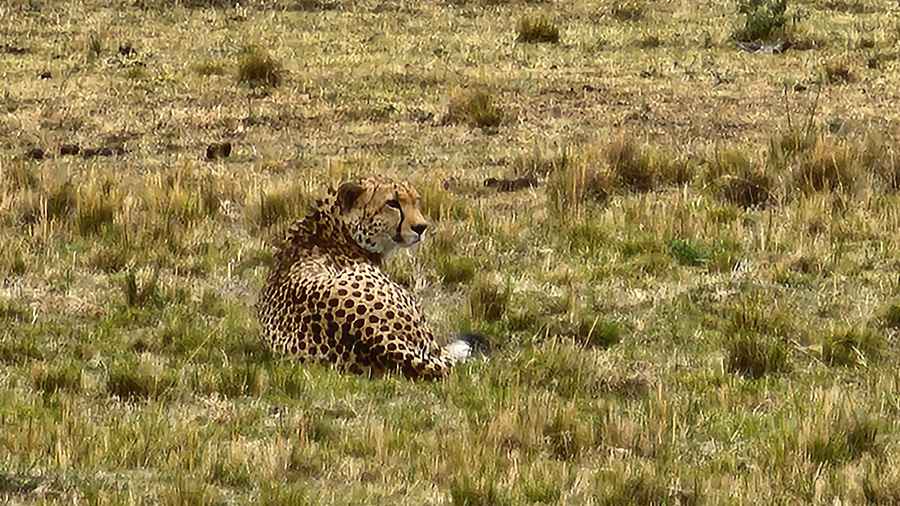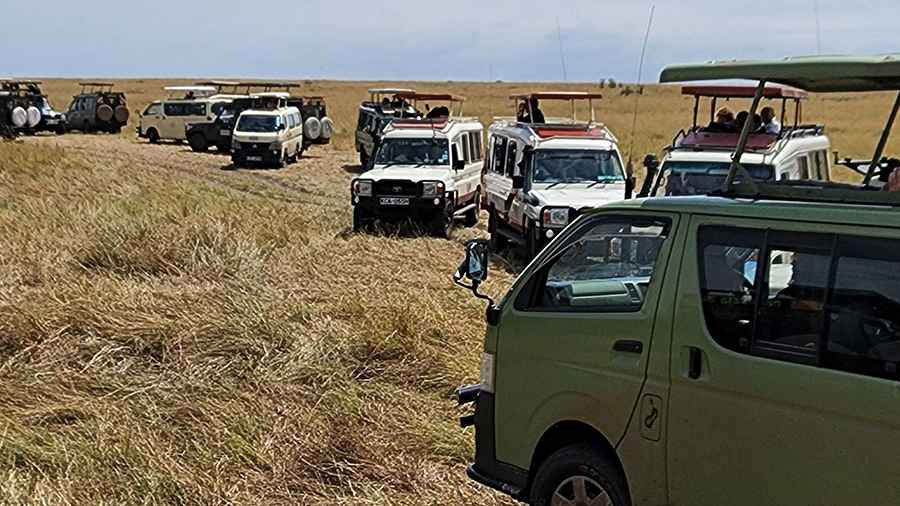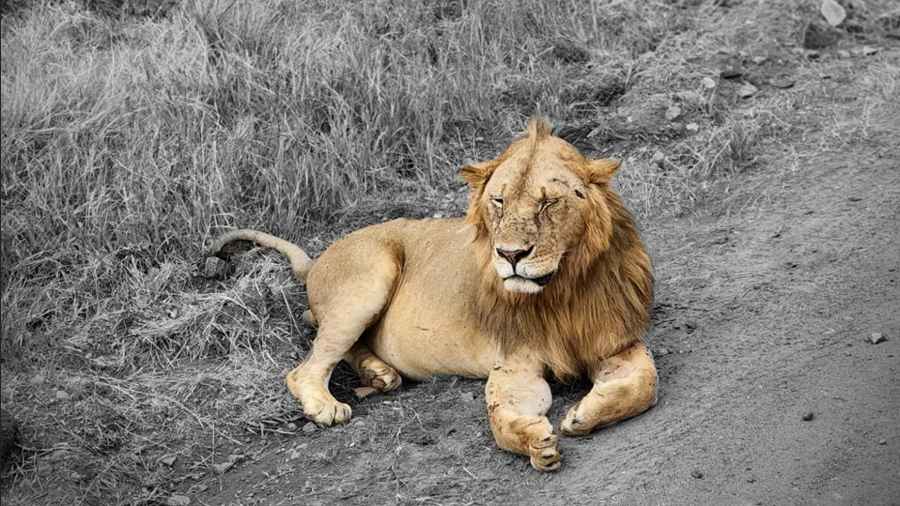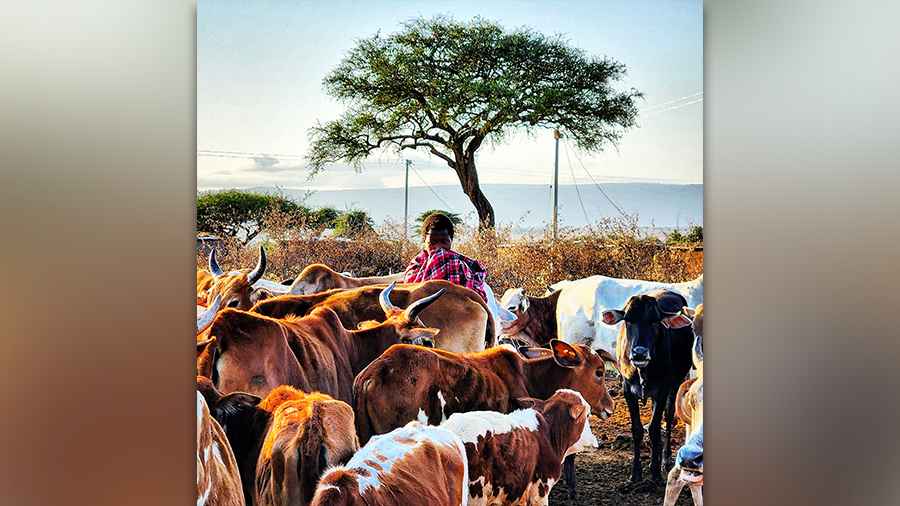One of the first things you’re likely to discover if you ‘Google’ Maasai Mara is ‘The Big Five’. Most wildlife enthusiasts, pro photographers and first-time visitors to Kenya’s best-known wildlife reserve rate the success of their trip on Big Five sightings. Maasai Mara began to trend in India, even beyond wildlife enthusiasts, thanks to Ranbir Kapoor’s big reveal that he proposed to Alia Bhatt on a visit to this iconic global wildlife destination. My spark to visit Maasai Mara didn’t come from Bollywood, or the quest for the Big Five, but to sight the fastest land animal in the world.
Just a few days ago, Prime Minister Narendra Modi celebrated his birthday at Kuno National Park in Madhya Pradesh, where he released eight cheetahs brought from Namibia into the wild. It’s being positioned as the world’s first inter-continental large wild carnivore translocation project. The move has divided opinion among conservationists, but if successful, could be a turning point for cheetah conservation worldwide. In 2016, the global population of cheetahs had shrunk to 7,100, that’s why it is listed as Vulnerable on the IUCN (International Union for Conservation of Nature) Red List.

One of the cheetahs released by Prime Minister Narendra Modi in Kuno National Park, Madhya Pradesh @narendramodi/Twitter
Most of the world’s cheetah population is spread across Africa, with a small population of the Asiatic cheetah in Iran. India was also once home to the Asiatic cheetah before indiscriminate hunting saw populations plummet in the 19th century, before becoming completely extinct in the 1940s. The last confirmed cheetah sighting was in 1947, the government officially declared the cheetah extinct in India in 1952. For the uninitiated, the cheetah might look similar to the leopard, but look harder and you will notice spots instead of rosettes (rose-like markings) on the leopard, which also lack tear streaks on its face. Cheetahs are slightly taller than the leopard.

A cheetah at Maasai Mara. Note the tear streaks on its face Ashwin Rajagopalan
My fellow travellers on my first safari trail at Maasai Mara were all European and they were more keen to spot the leopard. My eyes and binoculars were on the lookout for a cheetah. It didn’t take too long, just 30 minutes actually, and I kept my date with the cheetah. The first time I’d ever spotted a cheetah in the wild. This was no shy cheetah, unlike many leopards that I’ve spotted in national parks in India. He sat unfazed as more than 20 safari vehicles crowded around him like paparazzi mobbing a celebrity. It was almost like he was waiting for a date to show up. The park rangers arrived before his date, probably the only way to break up the mob of DLSR-toting visitors all aiming for their best ‘shot’.

The Maasai mob Ashwin Rajagopalan
It was not the last time I spotted a cheetah during my three-day stay at Maasai Mara. The next sighting was even more special – a cheetah kill. I will gloss over the gory details and avoid sounding like a scriptwriter for House of the Dragon. Maasai Mara is a must visit even for budding wildlife enthusiasts. It’s almost like going to the zoo in the wild, because you’re almost guaranteed to spot multiple animals — from zebras to giraffes and exotic birds — at every turn.

The wildlife sightings are spectacular
While the wildlife sightings are spectacular, I’d also recommend a visit to a Maasai village even if the experience might border on ‘touristy’. This pastoral tribe enjoys global recognition thanks to their residence near game parks like Maasai Mara around the African Great Lakes. The visit gives you great insights about their lifestyle that is still unchanged and you can also buy original souvenirs that are cheaper than you will find in markets at Nairobi as I discovered.

A visit to a Maasai village is recommended
As I made my way back to Nairobi (about four hours away by road) I kept flipping through images of memorable sightings during my stay. I didn’t spot the Black Rhinoceros, the most elusive of the Big Five, but I came here for the cheetah and I certainly returned home a happy camper. That happiness will only multiply if I can travel to Madhya Pradesh in a few years and spot cheetahs in a region where they once used to thrive.

